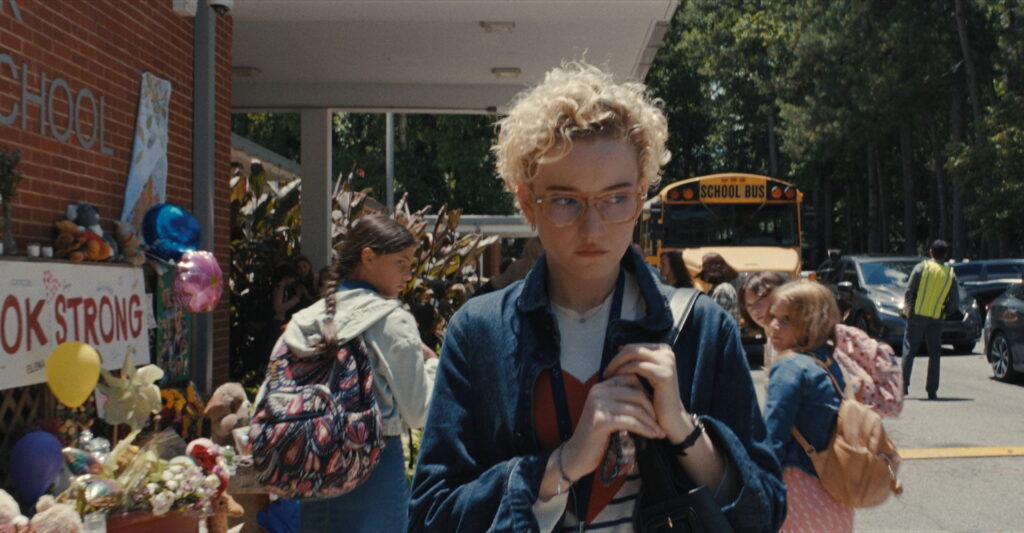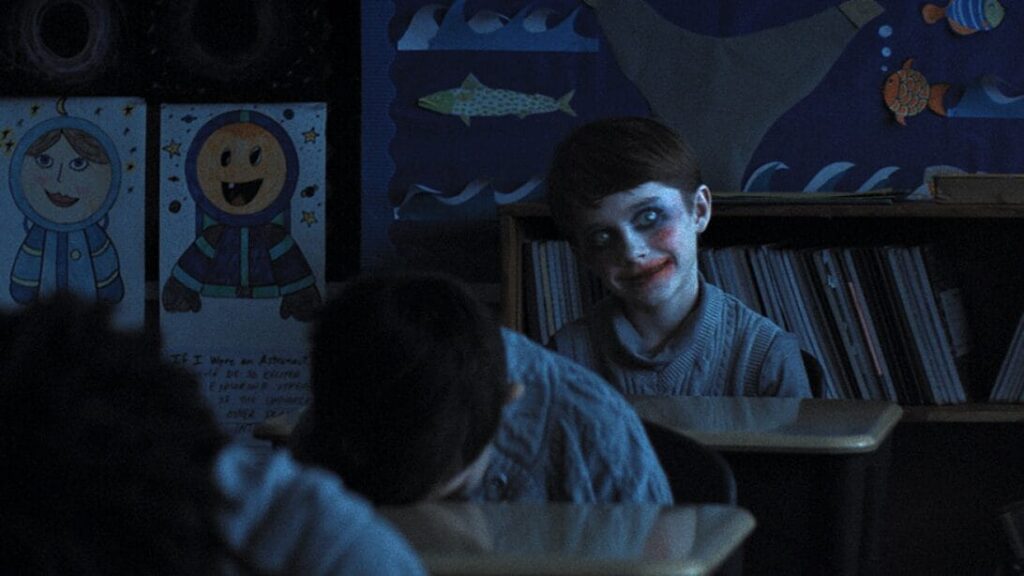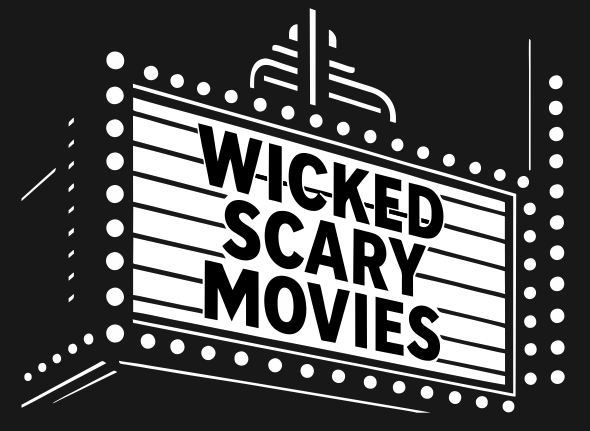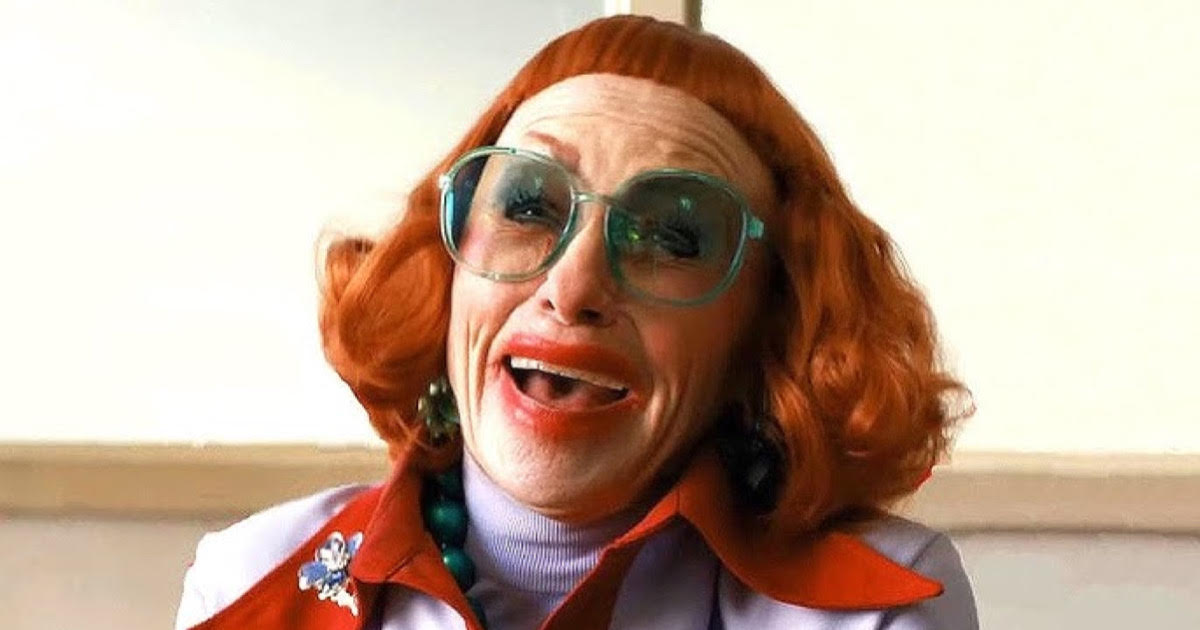Zack Creggers’ second film, following the success of his first (Barbarian), highlights his strengths as a director but also his recurring shortcomings.

Weapons was highly anticipated among horror fans, especially after it was revealed that Cregger had beaten out Jordan Peele in a competitive bidding war for the script. It had been marketed, like Barbarian had been, as a shocking film, with the mystery piqued through blurry security camera footage of children running away in the dead of night leading to all kinds of speculation about what we were being shown.
The children disappear at 2:17 a.m. on the same night, vanishing without a trace. All seventeen are from the same second-grade class, yet the teacher and the one student who didn’t go missing both claim to know nothing. Justine Grandy, the teacher (played by a typecast Julia Garner), becomes the pariah of the Pennsylvania town when she’s unable to provide any answers. The shame of it all feeds into her worsening alcoholism and a web of messy personal and professional relationships as she copes by trying to solve the mystery herself.
Multiple characters are introduced, each offering a piece of the puzzle and a distinct perspective on the disappearances to paint a picture of mass suburban grief: Justine; Archer, the father of one of the missing children; Alden, a rookie cop on the case; and others. The story is structured into sections, one per character; a narrative device that, by the end, feels more like a patch for a sagging plot than an intentional storytelling choice.

That said, the early chapters do manage to build real suspense. As tensions rise between Archer, the police, the school, and Justine, everyone is not only grappling with the tragedy but also experiencing strange, unexplained phenomena. For a while, it seems like the film is heading somewhere genuinely unnerving, but then it peaks with the introduction of Amy Madigan’s character—Glady’s—who is introduced when we get the perspective of the remaining student as his aunt who is coming to stay as she is ailing and requires hospice care. Quickly we get a sense of her. She’s wonderfully eccentric, brutal, and manipulative. We’re wondering what the big reveal will be, who she’s working with, what exactly her plan is for the children.
It becomes clear that she’s keeping the missing children in her basement as part of some mysterious process meant to “heal” whatever sickness afflicts her (a classic witch archetype). But that’s all we get. The central mystery is essentially resolved with her reveal, leaving the rest of the film to limp toward the finish line. We follow the unlikely partnership between Justine and Archer as they slowly catch up to what the audience already knows.
Sure, there’s some great gore as Gladys scrambles to cover her tracks—from the brutal skull-smashing she magically coerces the principal into inflicting on his own husband, to a potato peeler used in a grim act of self-defense. (Though we have to wonder why Gladys didn’t have a better contingency plan, as everything unravels remarkably quickly.) But once Justine and Archer find the children and break the trance, that’s it. No deeper reckoning, no further descent, just a flat, unsatisfying wrap-up.

It’s a shame, because the ritual magic Gladys uses is genuinely fascinating. It would have been compelling to understand what she actually intended to do with a basement full of children. They’ve been there for three months so how exactly were they helping her? Her lack of brutality toward the victims in the basement lowers the stakes, making her feel less like a fearsome villain and more like a vague, folkloric threat with no real teeth. The film makes multiple references to parasites through both a television program on in the background in one scene as well as a lesson Justine is teaching to the kids before their disappearance so it’s obvious we’re meant to see Glady’s as a parasite, leeching off of people. But the metaphor doesn’t land. What exactly is she leeching from them? Their lifeforce? Their innocence? Their psychic energy? The film never commits to an answer. It might have been more compelling if, upon realizing the jig was up, Gladys had vanished and slipped away into another town to worm her way into another family. As it stands, the resolution feels disappointingly literal for a character built from folklore and dream logic.
What’s becoming clear across Barbarian and Weapons is that Cregger thrives in the buildup. He has a real talent for crafting rich, shifting mysteries filled with narrative misdirection. Early on, his stories feel alive, like they could spiral in any number of directions. But in both films, he reveals his hand too early. Once the mystery is pinned down, the energy drains. To compensate, he turns to a third act packed with gore. Fun, sure, but not enough to make up for the loss of momentum. It’s like he’s fighting against a finish he already gave away. Then, Weapons also stumbles is in its meaning. The film gestures toward Big Themes: gun violence, the lasting psychological impact of trauma, the loss of innocence. Even the kids who survive are forever changed. But then there’s the witch. What does she represent? How does she intersect with the broader message? The film never threads it all together. Instead, it feels like several metaphors stacked on top of each other, none fully explored. Barbarian wasn’t exactly thematically tight, but it offers up multiple themes to mull over. Weapons, on the other hand, ends up scattered. Ambitious, yes, but ultimately muddled.

